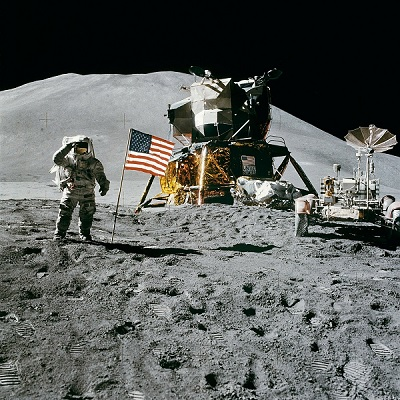 Unit 5: Space Exploration
Unit 5: Space Exploration
Space exploration refers to the investigation and discovery of outer space beyond Earth's atmosphere using various technological tools, spacecraft, and instruments. It encompasses the study of celestial bodies such as planets, moons, stars, galaxies, and other astronomical phenomena. Space exploration serves several purposes:
Scientific Discovery: Space exploration enables scientists to study celestial bodies, cosmic phenomena, and the fundamental laws of physics beyond the confines of Earth. It provides insights into the origins and evolution of the universe, planetary formation, and the possibility of extraterrestrial life.
Technological Advancement: The challenges of space exploration drive the development of advanced technologies and engineering solutions. Innovations in spacecraft design, propulsion systems, robotics, materials science, and telecommunications have numerous applications beyond space missions, including in medicine, transportation, and environmental monitoring.
International Collaboration: Space exploration often involves collaboration between countries and space agencies worldwide. International partnerships promote knowledge sharing, cost-sharing, and mutual cooperation in space missions, fostering diplomacy and peaceful relations among nations.
Inspiration and Education: Space exploration captures the imagination of people worldwide and inspires future generations of scientists, engineers, and explorers. It promotes STEM (science, technology, engineering, and mathematics) education and encourages innovation and curiosity about the universe.
Practical Applications: Space exploration has led to numerous practical applications and spin-off technologies that benefit society. These include satellite communication systems, weather forecasting, global positioning systems (GPS), medical imaging techniques, and advancements in materials science and manufacturing processes.
Space exploration encompasses a wide range of activities, including robotic missions, crewed missions (manned spaceflight), satellite launches, space telescopes, space probes, and space research conducted aboard the International Space Station (ISS). As humanity continues to explore and expand its presence in space, the quest for knowledge about the cosmos remains a driving force in scientific and technological progress.
Space exploration is the discovery and exploration of outer space by means of space technology. Physical exploration of space is conducted both by human spaceflights and by robotic spacecraft. While the observation of objects in space, known as astronomy, predates reliable recorded history, it was the development of large and relatively efficient rockets during the early 20th century that allowed physical space exploration to become a reality. Common rationales for exploring space include advancing scientific research, uniting different nations, ensuring the future survival of humanity and developing military and strategic advantages against other countries. Space exploration has often been used as a proxy competition for geopolitical rivalries such as the Cold War. The early era of space exploration was driven by a 'Space Race' between the Soviet Union and the United States, the launch of the first man-made object to orbit the Earth, the USSR's Sputnik 1, on 4 October 1957, and the first Moon landing by the American Apollo 11 craft on 20 July 1969 are often taken as the boundaries for this initial period. The Soviet space program achieved many of the first milestones, including the first living being in orbit in 1957, the first human spaceflight in 1961, the first spacewalk on 18 March 1965, the first automatic landing on another celestial body in 1966, and the launch of the first space station in 1971.

 Unit 5: Space Exploration
Unit 5: Space Exploration
